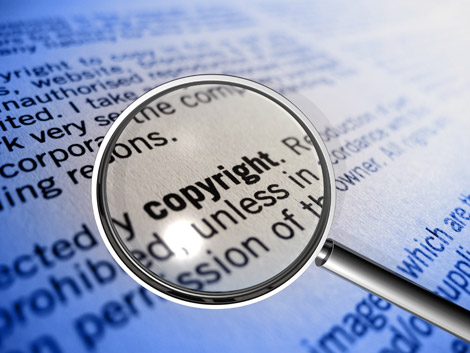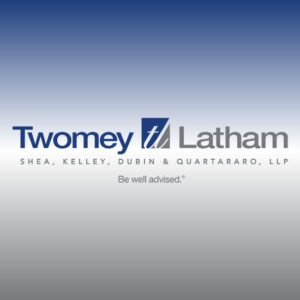In a recent U.S. Supreme Court decision, the High Court put an end to the split in the circuit courts as to when a copyright infringement lawsuit could be brought, i.e., the “registration approach” or the “application approach”. In some circuits, such as New York’s Second Circuit, a copyright owner had to obtain a registration certificate from the U.S. Copyright Office prior to filing suit. In other circuits, such as California’s Ninth Circuit, a plaintiff only needed to show that she filed an application for copyright registration. It could take a year or more after filing an application to obtain a registration certificate; although, for a fee of $800 your application will be expedited.
The High Court, in Fourth Estate Public Benefit Corp. v. Wall-Street.com, LLC, went the way of New York’s Second Circuit and held that a registration certificate is a prerequisite to bringing a copyright infringement lawsuit. This holding does not change the fact that the Copyright Act of 1976 provides protection for original works of authorship upon their creation or “fixation in a tangible medium of expression”, depending upon the type of work. In other words, a copyright owner could seek damages going back to the date of infringement even though the owner could not sue until she obtained the copyright registration.
The bottom line is that one should apply for registration of her work as soon as possible. Consider the situation where a copyright owner just discovers that someone started copying her work two years prior to the discovery and she has not applied for registration. The copyright owner cannot sue until she obtains registration, which could take a year. There is a 3-year statute of limitations for copyright infringement, which means that, in this scenario, the copyright owner might not obtain registration prior to the expiration of the statute of limitations, which would preclude the lawsuit from being successful.






